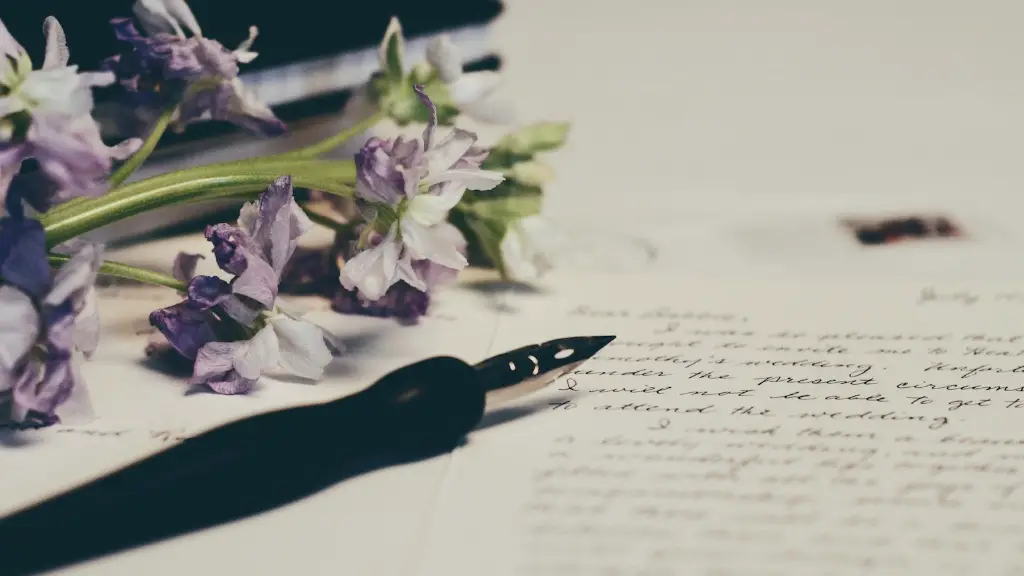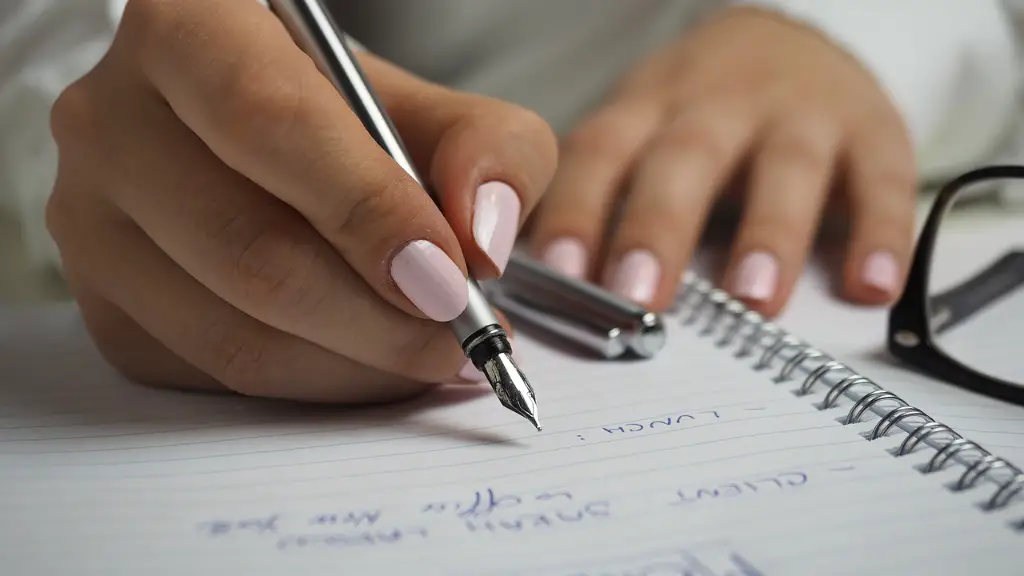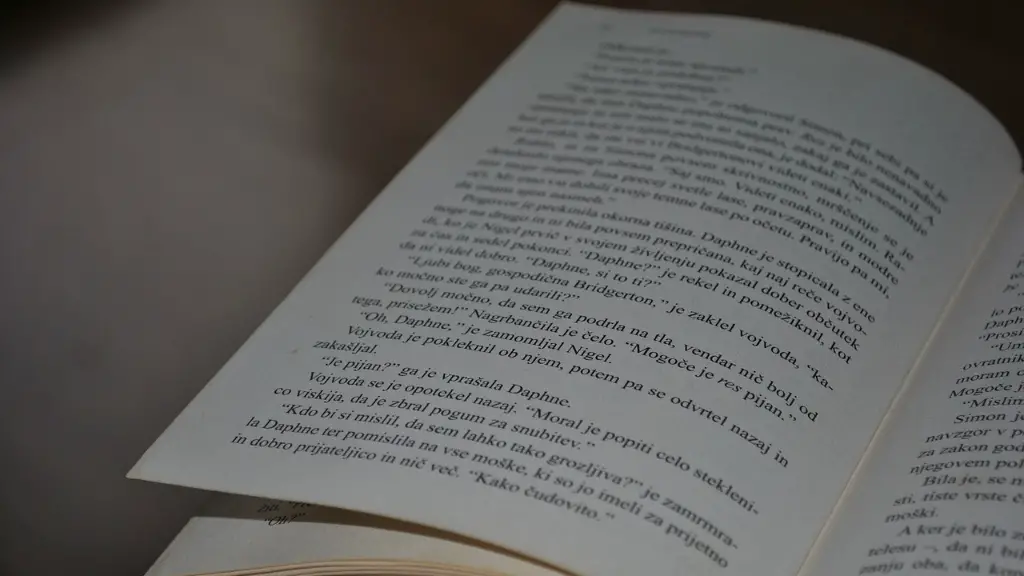Poetry as a Form of Creative Expression
Poetry has always been considered a form of creative expression. It has been used throughout the centuries to convey feelings, opinions, and thoughts in a compact and powerful way. Many of the earliest known forms of poetry can be found in ancient Mesopotamia and ancient Greece. Poetry has been used by many cultures and religions around the world, including Christianity, Islam, Judaism, Buddhism, and many others. Today, poetry continues to be a popular and vital form of creative expression.
The History of Poetry
The origins of poetry are unclear, but many historians agree that it is one of the oldest forms of literature. Poems have been found in ancient Sumerian and Babylonian texts, and in the Epic of Gilgamesh, one of the oldest pieces of literature in the world. In ancient Greece, poetry was popular in mythology, philosophy, and other genres. Poetry was also an important part of religious and cultural ceremonies, such as the Greek cult of Dionysus.
When it comes to the literary tradition of Western Europe, poetry first began to emerge in the Middle Ages. At this time, it was used mostly to tell stories and make moral statements, and its structure was influenced by the Latin language and Roman culture. During the Renaissance period, poetry was increasingly used to express the emotions of the artist, and the themes explored were more varied.
In the 18th and 19th centuries, poetry was used to express feelings of love and romance, as well as to criticize government and society. Poets such as William Wordsworth and Alfred, Lord Tennyson used powerful imagery and emotion to create memorable works of art. By the 20th century, poets such as W.B. Yeats and T.S. Eliot had revolutionized the art form, using techniques such as symbolism and metaphor to explore complex themes and ideas.
Types of Poetry
Today, there are many different types of poetry. Traditional forms, such as the sonnet, haiku, and sestina, are still popular, but modern poetry can take any form, from free verse to rap. While some poets focus on the formal elements of poetry, such as rhyme and meter, others are more concerned with the emotional impact of their words.
In addition to traditional and modern forms of poetry, there are also a number of different poetic techniques that can be used to create powerful works of art. These techniques include alliteration, assonance, imagery, and metaphor. These techniques are often used to explore themes such as love, death, and nature.
The Purpose of Poetry
The purpose of poetry is to express the emotions and thoughts of the poet. It is an outlet for creativity and can be used to explore a wide range of topics, from love and loss to politics and social issues. A poem can be a powerful way to communicate a message or share an experience.
Poetry can also be an important part of our cultural heritage. It can be used to commemorate events, to tell stories, and to preserve parts of our history. Many poems have become part of our cultural landscape, and can be passed down through generations.
The Power of Poetry
The power of poetry lies in its ability to evoke emotion and connect people on a deeper level. For centuries, poets have used their words to express their feelings and to capture the beauty of the world around them. Whether it is a love poem or a protest poem, a poem can move people and inspire them to action.
Poetry can be cathartic, helping people to process difficult emotions, and it can be uplifting, helping people to find hope and joy in difficult times. In this way, poetry can help us to better understand ourselves and our place in the world.
The Process of Writing Poetry
Writing poetry can be an incredibly rewarding experience. It is both a creative process and a form of self-expression. The process of putting words together to create a poem can be cathartic and inspiring. For some, writing poetry offers an escape from the world and can be a therapeutic activity.
The process of writing poetry involves many skills, such as finding the right words, creating rhythm and meter, and using techniques such as alliteration, assonance, and metaphor. Poets may draw inspiration from the world around them or from their own thoughts and feelings. Writing poetry can also help poets to develop their writing and storytelling skills, as well as hone their ability to craft meaningful imagery.
The Impact of Poetry
The impact of poetry is far-reaching. Poetry has been used to capture moments in history and to create a lasting impact on readers. Poetry can move people and inspire them to action. It can offer consolation, clarity, and a greater understanding of the world.
Poetry has the power to connect us with people and experiences, to challenge us to think deeply, and to express our emotions in powerful ways. Throughout its long history, poetry has been used to capture the beauty of the world and to express feelings and truths that can be shared by many.
Poetry in the Digital Age
In the digital age, poetry has embraced new technologies, allowing poets to reach a larger audience and to engage in new and exciting forms of creativity. Poetry has a presence on many digital platforms and is being created in all sorts of formats, from audio to visual.
Social media, such as Twitter, is also a popular platform for poetry, with many poets using it to share their work with the world. This has allowed for the creation of vibrant online poetry communities. Digital technologies have also made poetry more accessible to new audiences, allowing for greater engagement and more opportunities for poets.
The Role of Poetry in Education
Poetry plays an important role in education. It can help students to think more deeply about topics, to practice their reading and comprehension skills, and to explore their own creativity. Poetry can also inspire students to express their own feelings and explore the world around them.
In addition to offering creative and educational opportunities, poetry can also be a source of comfort, helping students to process difficult emotions.Poetry can also be a way for educators to connect with their students and create a sense of community.
Poetry in Popular Culture
Poetry is increasingly being used in popular culture as well. Poets can be found at major music festivals and in film and television. Poetry slams are becoming increasingly popular, offering a challenging yet engaging way to experience poetry.
Poetry readings are also gaining traction, with venues in many cities offering events for poets to showcase their work. Poetry has also become more visible in the literary world, with more authors self-publishing their work and more bookstores featuring poetry sections.
Conclusion
Poetry has been around for centuries and its popularity continues to grow. It is a form of creative expression that can be used to explore a wide range of topics and to convey powerful messages. With its ability to evoke emotion and to connect people, poetry can be a powerful tool for self-expression and for social change. In the digital age, poetry has become even more accessible and vibrant, thanks to its presence on digital platforms. Poetry continues to offer an important and meaningful way to explore our emotions and to engage with the world.


